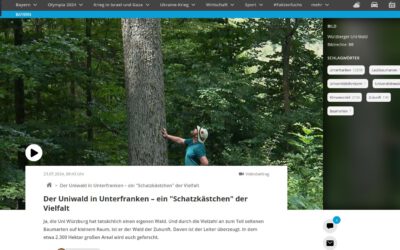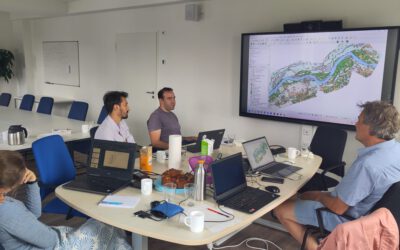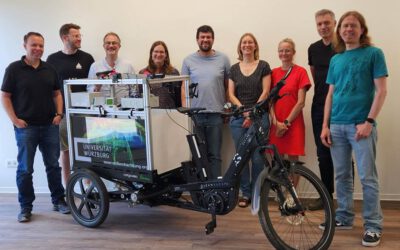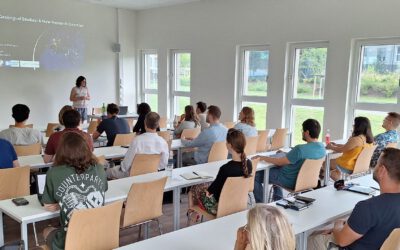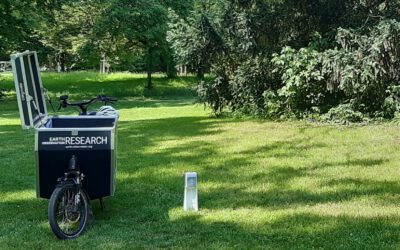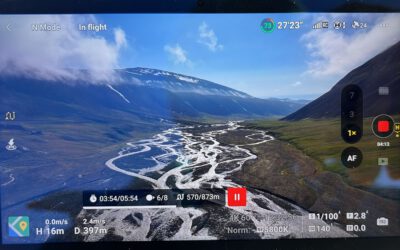Our PhD student Patrick published a review on “Forest Biodiversity Monitoring Based on Remotely Sensed Spectral Diversity—A Review” in Remote Sensing. From the abstract: “Forests are essential for global environmental well-being because of their rich provision of ecosystem services and regulating factors. Global forests are under increasing pressure from climate change, resource extraction, and anthropologically-driven disturbances. The results are dramatic losses of habitats accompanied with the reduction of species diversity. There is the urgent need for forest biodiversity monitoring comprising analysis on α, β, and γ scale to identify hotspots of biodiversity. Remote sensing enables large-scale monitoring at multiple spatial and temporal resolutions. Concepts of remotely sensed spectral diversity have been identified as promising methodologies for the consistent and multi-temporal analysis of forest biodiversity. This review provides a first time focus on the three spectral diversity concepts “vegetation indices”, “spectral information content”, and “spectral species” for forest biodiversity monitoring based on airborne and spaceborne remote sensing. In addition, the reviewed articles are analyzed regarding the spatiotemporal distribution, remote sensing sensors, temporal scales and thematic foci. We identify multispectral sensors as primary data source which underlines the focus on optical diversity as a proxy for forest biodiversity. Moreover, there is a general conceptual focus on the analysis of spectral information content. In recent years, the spectral species concept has raised attention and has been applied to Sentinel-2 and MODIS data for the analysis from local spectral species to global spectral communities. Novel remote sensing processing capacities and the provision of complementary remote sensing data sets offer great potentials for large-scale biodiversity monitoring in the future.”
read the full article here: https://www.mdpi.com/2072-4292/14/21/5363



